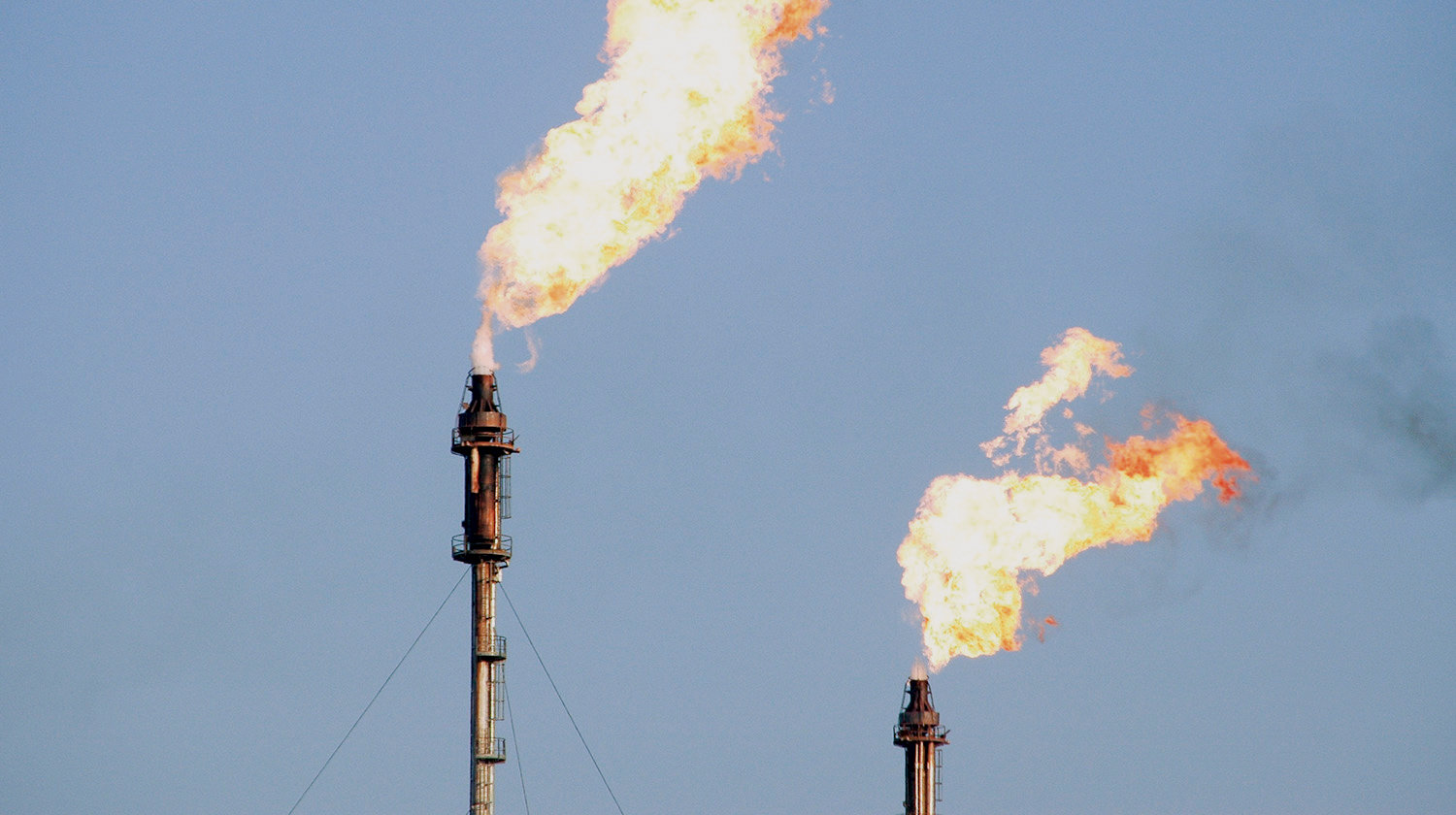

Muscat, May 12 - Occidental Petroleum (Oxy), the largest independent producer of hydrocarbons in Oman, has announced that it has achieved a dramatic reduction in flared gas volumes across its operations in the Sultanate, thereby helping lower its carbon footprint. The flared gas reductions are part of a broad array of initiatives adopted the wholly-owned Oman subsidiary in line with a wider push by the US-based energy corporation to mitigate climate-related risks while also embracing low-carbon technology solutions to drive its operations.
In a newly published report, titled ‘Climate-Related Risks and Opportunities: Positioning for a Low-Carbon Economy’, Oxy revealed that gas capture and methane utilization projects have contributed to a significant reduction in gas flared at the Far West and Khamilah fields in Block 27 in north Oman. “From 2013 to 2018, we reduced the amount of gas flared from more than 10 billion cubic feet per year (BCF/yr) to 2.4 BCF/yr, a decrease of more than 75 per cent — cumulatively equivalent to almost more than 1.5 million metric tons of CO2. In 2018, Occidental commissioned additional new compressors in Far West to increase capacity and reduce flaring to 4 million cubic feet per day,” the company said.
In the adjoining Block 9, Oxy installed gas compression systems to reduce flaring in its Safah field. “With the support of the Oman government, the project was the first in the country to qualify under the United Nations Clean Development Mechanism (CDM) to create tradeable, saleable, certified emissions-reduction credits. Original flare volumes at Safah were approximately 20 BCF/yr; they are now less than 4 BCF/yr. Over the initial CDM project period (2013-2019), cumulative gas reductions of more than 75 BCF are expected (equivalent to 775,000 metric tons of CO2 per year),” it stated.
Carbon abatement initiatives are also under way elsewhere around Occidental’s sprawling acreage in the Sultanate. At the Mukhaizna heavy oil field in central Oman – a key contributor to Oxy’s total crude output – heat recovery units have been installed in all gas-fired power turbine generators to produce steam used in enhanced oil recovery (EOR). This heat recovery equipment has reduced emissions by 2.7 million metric tons of CO2 since 2010, according to the company.
Additionally, the company continues to make headway in the development of a mammoth solar farm planned at the Mukhaizna field. It follows an MoU signed by Occidental with GlassPoint Solar to harness Mukhaizna’s heavy oil potential utilizing steam generated from solar thermal heat. The MoU envisions the development of a large solar steam plant of a capacity exceeding 2 GW equivalent of solar thermal energy.
“GlassPoint would deploy its proven solar technology to produce up to 100,000 barrels per day of steam from oil field water, which would be purchased by Occidental and used to facilitate production. With preliminary studies complete, engineering work has now commenced to define the project scope and field integration plans. The proposed solar project could save more than 725,000 tons of CO2 emissions each year,” Oxy added.
Oman Observer is now on the WhatsApp channel. Click here



